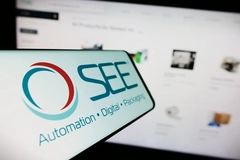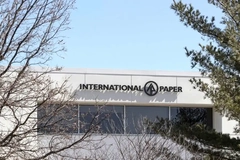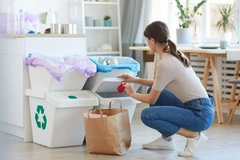SIG secures 100% FSC paperboard certification across all cartons in 2021 industry-first

26 Nov 2020 --- SIG is committing to sourcing 100 percent of its paperboard packaging from Forest Stewardship Council (FSC)-certified wood by 2021.
The development marks another step in the aseptic packaging leader’s “Way Beyond Good” mission, aiming to achieve full transparency and environmental sustainability across its product portfolio.
SIG says the end goal is to achieve complete circularity and net positive carbon emissions.
Michael Hecker, director of corporate responsibility at SIG, tells PackagingInsights of the difficulties in achieving 100 percent FSC-certified paper.
“To reach today’s level, it took more than ten years, during which we continuously negotiated with our strategic board suppliers for increasing the FSC wood basis.”
A decade in the making
SIG arranged joint workshops with private forest owners to discuss the added value and importance of FSC-certified forest management for its value chain.
“The positive market feedback by the high share of FSC-labeled carton packs placed from our customers in the stores was also an important element on the way to the 100 percent level,” explains Hecker.
Full FSC certification is no small feat. It is the only certification for wood supported by major environmental stakeholders Greenpeace and WWF.
FSC is also a challenging label for forest owners to acquire as they must stick to strict pesticide policies, use specific tree species and reserve untouched areas.
Currently, only 19 percent of the world’s productive forests have managed to reach these standards. PackagingInsights recently reported on the limited FSC-certified wood supply in Japan.
Going full circle on bevera As of January 2021, 100% of SIG’s carton packaging will be sourced from FSC-certified forests.ge cartons
As of January 2021, 100% of SIG’s carton packaging will be sourced from FSC-certified forests.ge cartons
Heckler notes SIG’s packaging will still include polymers, but sourced from plant-based materials or post-consumer plastic waste.
“The packaging material of a conventional carton pack comprises three components: raw paperboard, polymers and aluminum.”
“Making up around 75 percent of the composite, paperboard is the main component, and gives the package stability. The inner polymer layers form a liquid barrier for the food, while the outer polymer layer keeps moisture out. The aluminum safeguards the contents against light, oxygen and external odors.”
The Way Beyond Good mission
SIG founded its Way Beyond Good campaign in 2015 as a road map toward environmental sustainability and has since made considerable progress, continues Heckler.
He marks forestry, climate change, product innovation, circularity and safety in nutrition as SIG’s five key focus areas.
“By sourcing our main raw material from sustainably managed forests, we aim to help preserve and increase productive and valuable forestland, which also acts as one of the world’s most effective carbon sinks.”
“We’ve set bold targets for climate action in line with the latest science, and we’re partnering to create a carbon positive value chain.”
By 2030, SIG aims to have all its raw materials procured from certified sources and 50 percent of spending on sources from net positive suppliers.
SIG’s recent progress
In July, PackagingInsights reported in-depth on the exceptional sustainability credentials of SIG’s beverage packaging.
SIG also engaged in a joint study with Nestlé, Logitech and other industry players earlier in the year to determine which materials are most environmentally sustainable. The research will be conducted over the next ten years.
By Louis Gore-Langton











